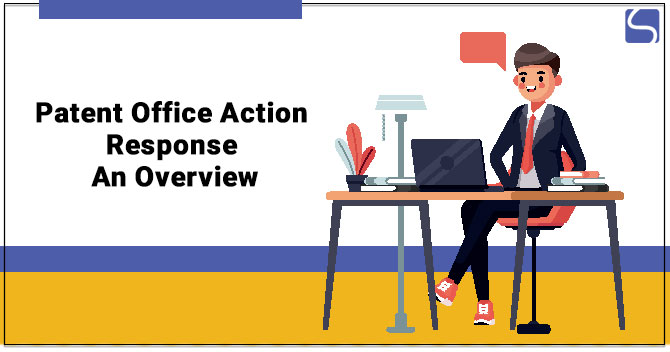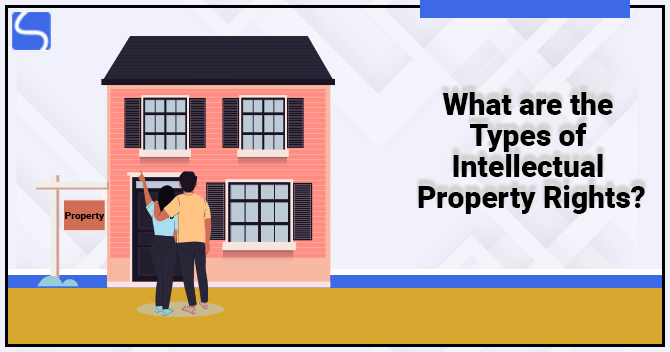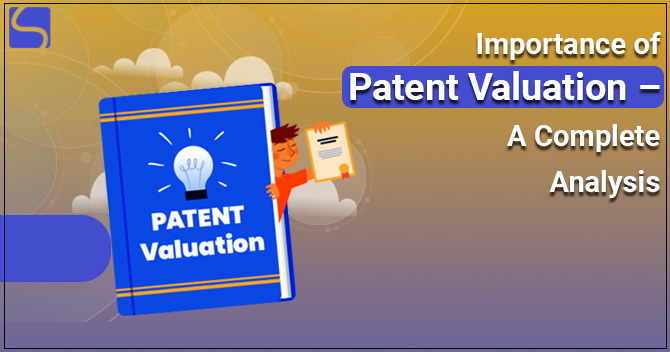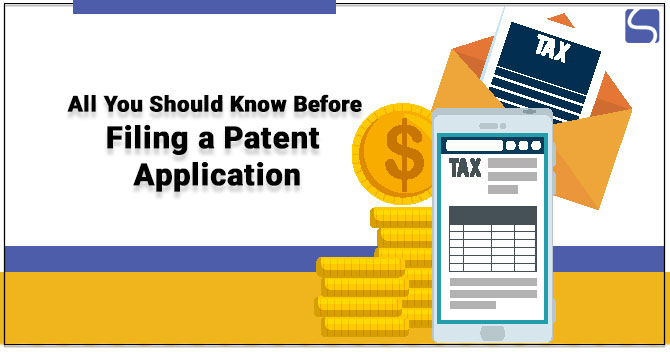Patent Office Action Response – An Overview

Karan Singh | Updated: Jun 17, 2021 | Category: Patent
A Patent is an IPR (Intellectual Property Right) exclusively granted to the inventor after Patent Registration of an invention or creation made by the actual inventor, which is a patentable subject matter, non-obvious, unique, and competent of industrial application. At the point when a Patent application is filed and sent for evaluation of its legality, the examiner at the Patent Office examines for formal necessities and its qualification as per the law of each jurisdiction. After which an initial judgement is given, which is called First Examination Report (FER), which suggests any kind of modification or correction or straightforwardly gives out dismissal if the Patent application is considered as being not qualified & fit. After which, the Patent Attorneys in the Patent office will construct a reaction including clarifications which is likewise called Patent Office Action Response.
Table of Contents
What is a Patent Office Action?
- A Patent office sends a legal officer to the inventor planning to take an office action.
- The examiner via the letter plans to require changes of the claims in the invention, resubmission of the drawings, any extra information, etc.
- Once the inventor has filed the examination of their invention with the utility non-provisional Patent application to the particular assigned Patent examiner, the examiner will inspect, review and decide the originality of the invention and the industrial applicability of the invention as per the central law.
- After the Patent examiner will set up a reaction including clarifications, contentions that might be obliging or opposing the necessities of the inventor as per the cases required, which is also called Office Action Response.
- Patent Office actions are very common, and at least one Office Action is expected, especially in the applications for Utility Patents[1].
- Ultimately, after various office actions & reply (to be heard), the Patent examiner will give a final judgement over the Patent. The same things happen at the time or pre & post opposition application of Patent grants.
- But, the office action activities are done by three companies, the applicant or the inventor, the Patent examiner and the party filing opposition.
What are the Different Types of Patent Office Action and Responses?

Response to Patent Office Action:
- The Patent office response must differentiate whether a claim set must be amended or the disputes will be founded on an original claim set;
- If the candidate or the actual inventor wants for amending the claim set, he or she can generate the suitable amended claim set, and the same is approved by the customer in the Patent office response;
- Moreover, any difference between actual or amended claim set shall be purposely mentioned in the application of Patent office response;
- The application for Patent office response has to be very well written, and the conflicts and response to the Patent Office action should be robustly prepared to prevent any damages to the potential protective right innovation;
- Patent uniqueness in the application of Patent office response shall be debated many times during the examination of the invention. Hence, a suitable legal response to prove the uniqueness should be properly framed;
- The drafting of the Patent office response is a non-technical thing. To keep things specific, right and capably on time, a template is followed for drafting a Patent office response. The draft has to bear by the jurisdictional necessity and should be as per the customer’s needs;
- The Patent office response should be in particular to the exact rejection or objection as raised by the Patent examiner and any references if given in it;
- It is vital to distinguish between the informal & formal objections, in which subject matter of the application as per the Patent laws may be related to the formal objection and the rules & regulations are the informal objections, and both should be changed accordingly;
- Drafting the response after the opposition and Patent grant accomplishment comprises experience & knowledge of litigation areas;
- It is crucial to keep in contact with the customer and the inventors and take their feedbacks as and when required;
- The Patent office response has to be drafted in a well-suited way will all the formal necessities as in accordance with the Patent office examiner;
- The most vital thing above all is that the Patent response should mention the inventions uniqueness, non-obviousness, and usefulness;
- A list of essential documents has to be mentioned along with the Patent office response. Fe of them consists:
- Patent Literature: This will cover the documents detail in the case there is a similar Patent filed prior to the latter Patents and shall describe their date of publication and priority & respectively.
- Non-Patent Literature: Documents that are not Patent published are mentioned or reference.
- Documents on record.
- Evidence supporting the documents.
Responding to the Patent Office Actions Issued by the Examiner
In recent times, there have some vital amendments in the Indian Patent practice before the Indian Patent Office (IPO). One of the most significant & major alterations is the time to reply the report to the PER (Patent Examination Report) under Sections 12 and 13 of the Patents Act, 1970 and the Patent Rules, 2003.
Only if the applicant of the Patent has filed a request for the examination form before the Patent Office, then only the Patent Examination Report is given to him or her. The Patent candidate is obliged to file Form 18, and this is usually known as the RFE request form. Under the Patent alterations in India, the inventor has to act in accordance with all the obligations given in the Patent Examination Report. The primary time limit date to put for the order of the Patent application is within six months from the issuance of the first statement of objection as prescribed under Rule 24B (ii) (5) of the Patent Rule, 2003.
Conclusion
Usually, a Patent office action is expected if the Patent examiner is suspicious about the originality, usefulness, and non-obviousness of the invention. The Patent examiner takes a Patent office action in which he or she raises his or her rejections & objections to the invention & claim of the inventor or the Patent applicant.
Therefore, the inventor is bound to file a reply to the Patent Office action, which is called Patent office action response, in which the inventor should draft in a certain way that fulfilled the doubt of the Patent examiner and makes his or her invention approved.
Read our article:Let’s Know the Steps to Protect a Patent in India














